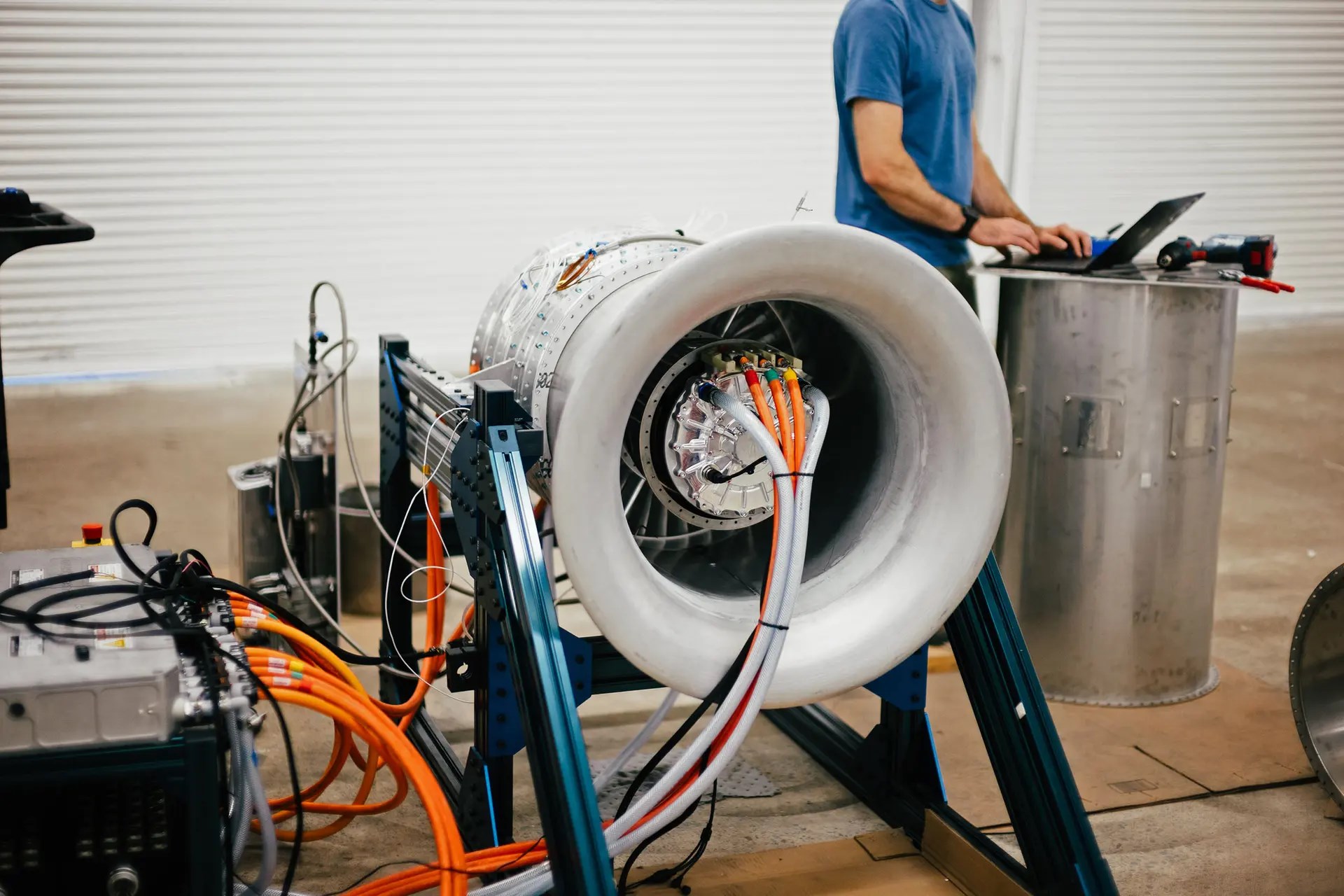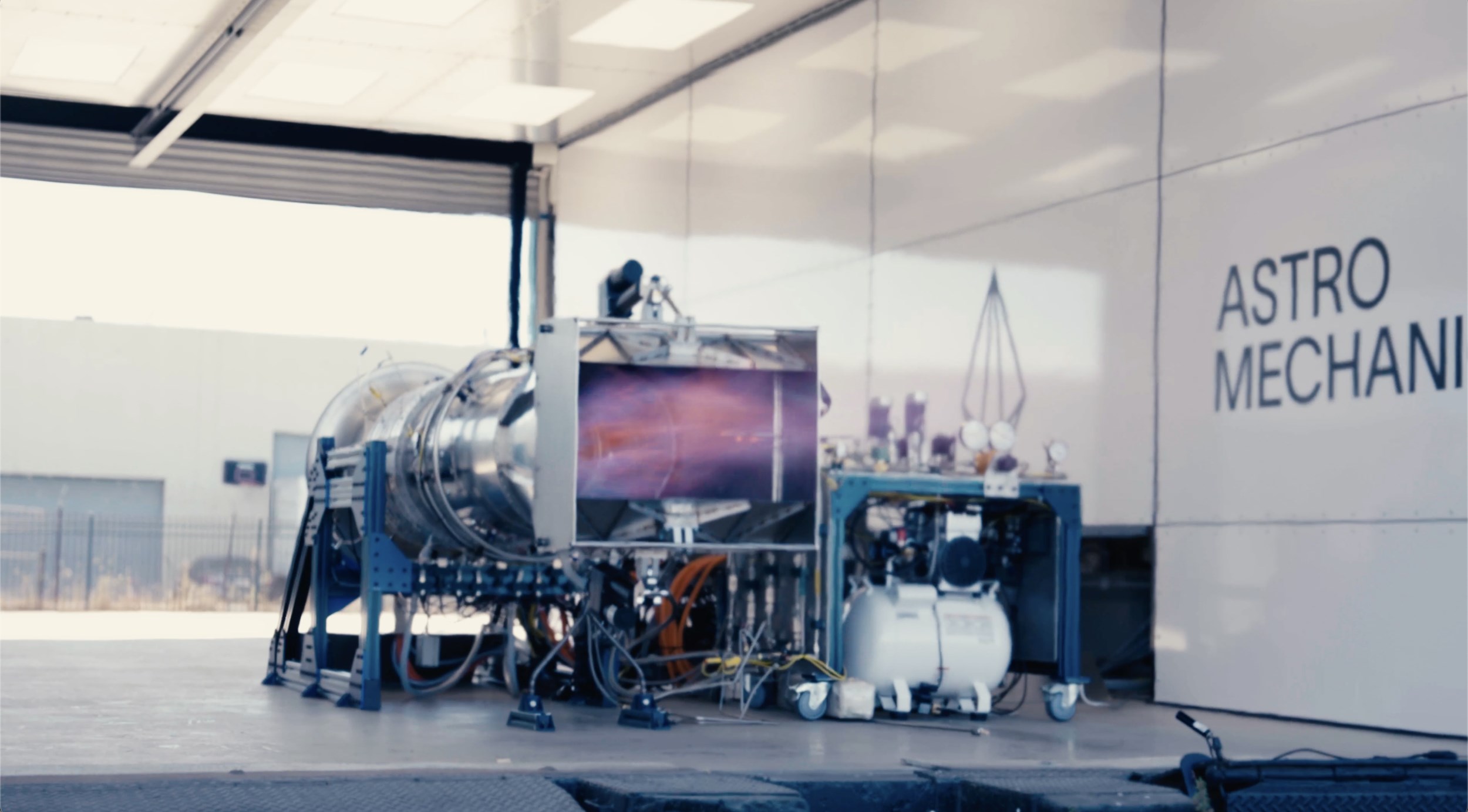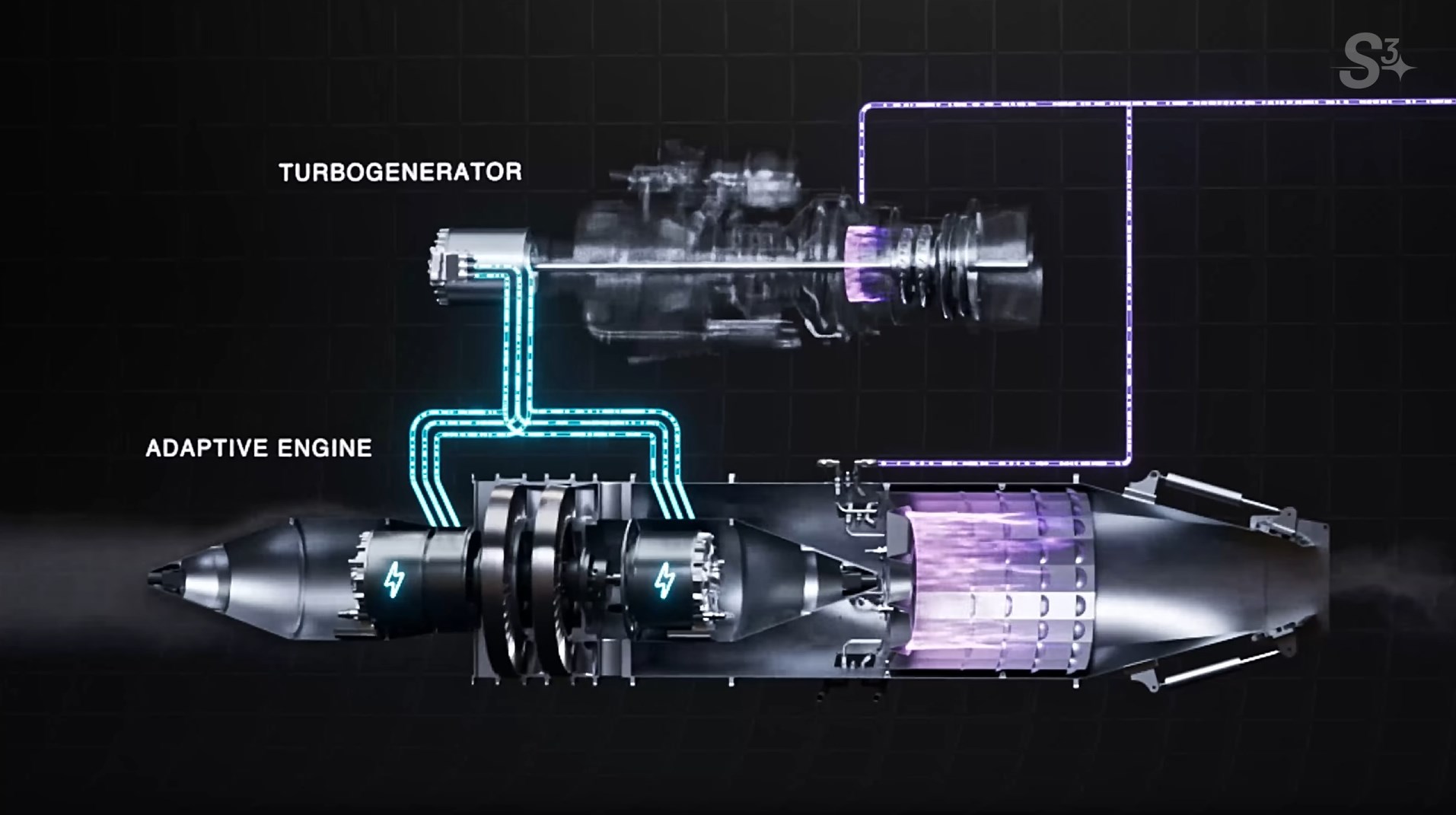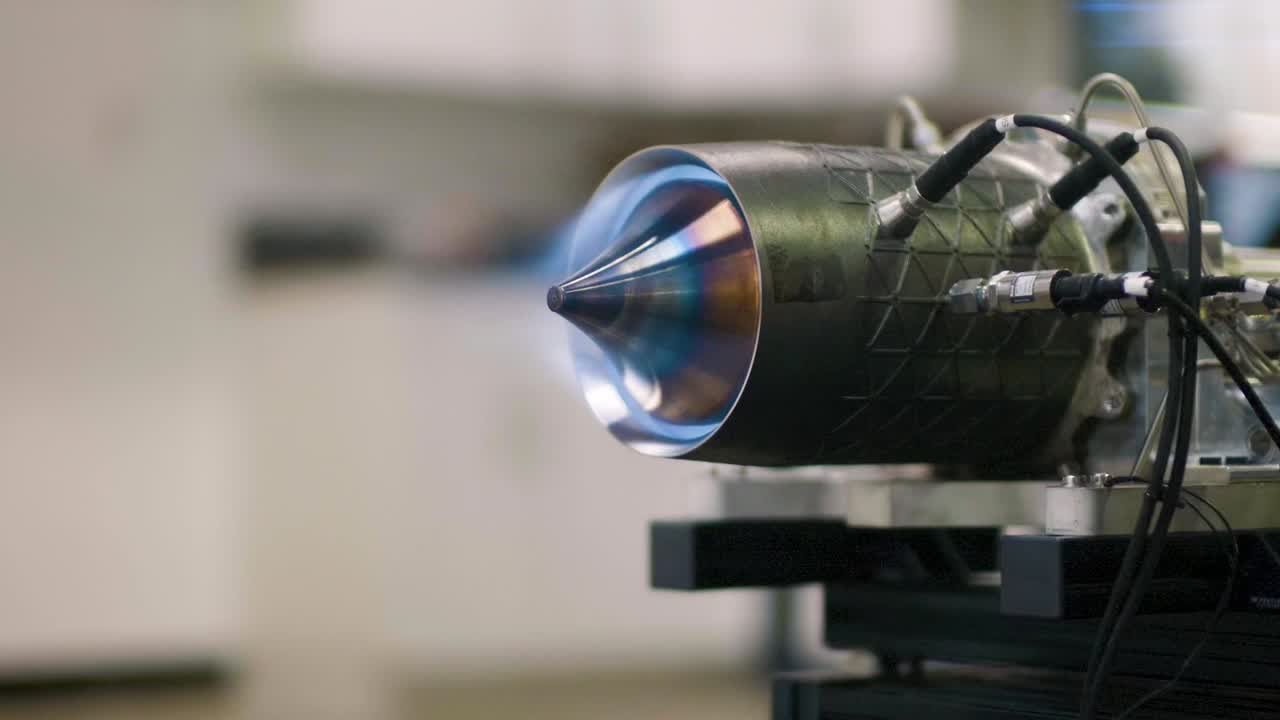
See Full Size
What is a Turboelectric Adaptive Engine?
This engine developed by Astro Mechanica is a traditional combines features of turbojet and turbofan engines. This system, inspired by electric vehicle engine technology, is a turbogenerator It produces electricity and this electricity powers high-performance electric motors that operate the compressor and turbofan independently. Thanks to this innovative structure, the engine increases fuel efficiency and optimizes speed performance by controlling the amount of compressed air.
This may sound complicated, but it’s actually quite an ingenious method; It separates the fan and compressor components and mechanically drives the compressor independently with high-performance electric motors similar to those used in the electric vehicle market today.
First firing test looks promising
See Full Size
- Mod 1: In this mode the engine does not perform any active combustion. The electric motor drives a component the company calls a “blisk,” which combines compressor and turbofan function. Blisk has a more compact and lightweight design, unlike traditional fan blades
- Mod 2: This mode activates turbojet combustion. But unlike conventional turbojets, the engine’s compressor is not dependent on exhaust gases. Instead, the compressor is driven at high speed by electric motors to provide the air required for combustion. A genius detail!
- Mod 3: This mode offers a structure in which the engine runs entirely on fuel and moving parts are disabled. With a physical effect called “Ram Pressure” that we see in ramjets, the aircraft can perform combustion at high speeds using air pressure from the atmosphere.
This order is very important, this engine is our guest because it does this in a single unit.
Conventional turbojet engines use exhaust gases to spin the compressor fan and draw air in, as we see in fighter jets. More exhaust gas means higher speed. Although these engines operate very efficiently at supersonic speeds, they experience serious problems at low speeds. Turbojets have difficulty compressing enough air for efficient combustion and waste a large portion of fuel.
See Full Size
Turbofan engines, on the other hand, are designed to move aircraft forward efficiently by moving larger air masses at low speeds. However, at high speeds, the aerodynamic drag created by unoptimized large fans also causes efficiency and operational problems.
A cost effective approach
See Full Size
This news our mobile application Download using
You can read it whenever you want (even offline):







